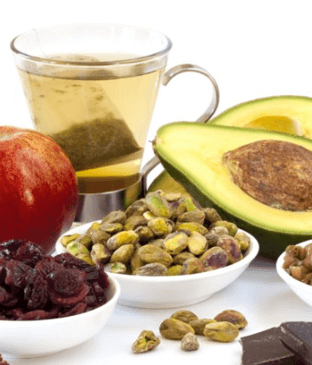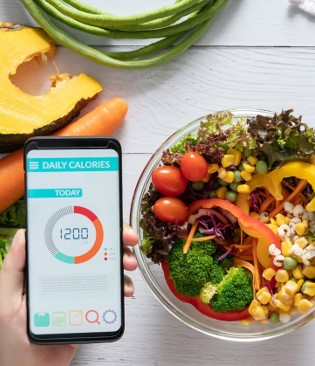Even healthy whole grains can lose some of their benefits when ground or pulverized into flour.
Both 2×4 boards and sawdust are made of wood, but you wouldn’t want your contractor to use them interchangeably. The same principle applies to food.
Whole Grains: Size Matters
The importance of eating whole grains over refined is well understood. A whole grain has all 3 parts of the natural grain: the bran (great source of fiber), germ (filled with antioxidants including natural Vitamin E), and endosperm (mostly starch). Refined grains are largely made from the starchy endosperm.
Adding whole grains in preference to refined is recommended because the healthy parts of whole grains are linked to lower rates of heart disease, cancer, high blood pressure, and more.
But even with whole grains, size matters. For instance, when whole grains are pulverized into flour and baked into whole-grain products, the finely ground grain flour is rapidly absorbed, boosting blood sugar in the process.
A study of whole grains and blood sugar found that foods made from whole grain flour dumped more than twice as much sugar into the bloodstream as the same amount of whole grains that were not ground.
The study went on to examine how filled-up the research subjects felt after eating various preparations of whole grains. Of special interest to those seeking to lose weight, the study found that whole grains eaten intact were significantly more satiating than when consumed as flour in a whole-grain baked product.
There are lots of ways to introduce more intact whole grains into your diet. Usually boiled, with some creative spicing, whole grains are great side dishes to consider in place of starchier potatoes. Think beyond plain wheat and look for recipes that include barley, bulgur, and farro.
Almonds: Butter vs. Whole Nut
Did you ever wonder how the calorie counts for foods are established? A calorie is the energy needed to raise 1 gram of water by 1 degree Celsius (are you sorry you asked?). The real way to check the calorie count of a food is to set it on fire and measure the energy that is generated.
But our bodies are more complicated than a Bunsen burner—and we don’t necessarily “burn” all the food that passes through—including whole nuts.
In a very scientific study involving an indelicate bathroom analysis, the calories actually absorbed from eating whole almonds was 30% less than the calorie count listed on the nutrition label. That’s because much of the chewed whole nuts pass right through and out of our bodies.
But nuts, when ground into almond butter, were much more readily metabolized, with detailed calorie analysis showing 48% more calories absorbed from almond butter compared to chewed whole almonds.
Bottom Line
As Michael Pollan has written, the most important dietary priority is to focus on eating whole foods, mostly plants. But taking it one step further, whole foods can be eaten in many different way—-and form matters.
Best to eat the whole foods, as much as possible, in the form in which they were grown. Whole foods not shaken or stirred—but served straight up!
Check out some great whole food, plant-sourced recipes from Carol D’Anca, a prominent board certified nutritionist and gourmet chef.
References:
Food Processing Impacts the Energy From Almonds
Interested in eating better for your own health?
Learn the essentials of good nutrition in our interactive, user-friendly nutrition learning program for the public.
Clinicians: Do you feel confident responding to patient questions about nutrition?
Take our award-winning condensed interactive nutrition CME—and learn what every clinician should know about nutrition.



